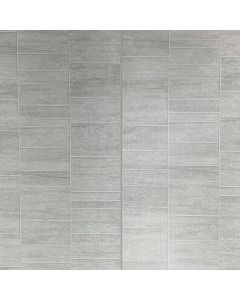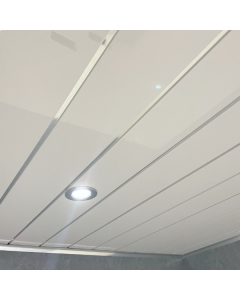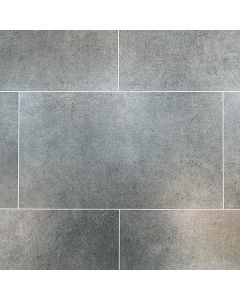What are Bathroom Electrical Zones?
As technology advances and smart bathrooms become more popular, more electrical appliances are being installed in Britain’s bathrooms. When decorating and installing a bathroom, people often focus on aesthetic aspects such as selecting wall panels and bathroom suites, but the positioning of electrical items in relation to your bath or shower is one of the most important aspects of designing a bathroom.
There are regulations in place to ensure that accidents do not happen, and these are implemented with bathroom electrical zones.
We have composed this guide to help you understand what bathroom electrical zones are and how they are used.
The information in this article is designed for guidance only, however, and should you decide to fit any electrical appliances in your bathroom you should consult current IEE regulations or a qualified fitter/electrician to ensure that you are within the latest regulations and codes of practice.
Electrical zones and risk minimisation
Bathrooms are a particularly difficult area to install electrical items in, and special care and attention must be taken when placing them in the room. This is due to the increased risk of electric shock caused by the proximity of appliances to water within a bathroom.
When we think about our bathrooms, we may not always consider just how many electrical fixtures there are. However, lighting, ventilation, radiators, illuminated mirrors and smart cabinets are all electrical appliances and must be placed carefully.
They must be installed in their designated bathroom electrical zones to eliminate any threat they could potentially cause.
Glossary
Before we begin, it’s important to understand some terminology.
All electrical currents within a bathroom must be protected by a residual current device (RCD), sometimes known as a circuit breaker not exceeding 30mA. RCDS detect when an electrical current is not balanced or functioning correctly and stops the flow of electricity if necessary to ensure safety.
SELV stands for ‘safety extra-low voltage’. This is used in situations where the electrical equipment presents a serious hazard, for example, bathrooms and swimming pools. Live conductors at SELV must be electrically separated from the earth.
PELV stands for ‘protection by extra-low voltage’. This system is used for general use where low voltage is required as it is not deemed to be a high-risk location. The PELV system is not electrically separated from the earth.
Bathroom electrical zones
There are three bathroom electrical zones that are identified in the IEE wiring regulations:
Zone 0
This is any area inside a bath basin or shower itself.
Any fitting or appliance used within this zone must be a maximum of 12 volts (SELV) and fully protected against both partial and total immersion in water (minimum rating of IPX7).
Zone 1
Zone 1 can also be known as ‘the splash zone’, in simple terms. This is where equipment is likely to get wet but would not be necessarily submerged.
The area directly above Zone 0 to the height of 2.25m from the bottom of the bath or shower is classified as Zone 1. It also covers the width of the shower cubicle or the length of the bath.
Any fitting or appliance within Zone 1 must be IPX4 (which is essentially splash-proof) or better, as well as a maximum of 12 volts (SELV) with the transformer located beyond Zone 2.
It’s important to remember that Zone 1 does not include Zone 0.
Zone 2
This applies to the area stretching to 600mm outside of the bath or shower, be that above or to the sides of each.
Zone 2 is typically the area that is likely to get wet, but there is a possibility for it to be splashed.
Any fitting or appliance within Zone 2 must be IPX4 or better, as well as a maximum of 12 volts (SELV) with the transformer located beyond Zone 2.
Outside Zones
These are the zones beyond those already described.
If the size of a bathroom extends beyond Zones 0, 1 and 2, portable equipment can be used if its flex length doesn’t enable it to be used in Zone 2.
For example, a hairdryer can be installed in the outside zones providing that its stretched length doesn’t allow it to be used in Zone 2.
Although installing electrical equipment beyond Zone 2 is permitted without an IP number, it is always encouraged that electrical items have some sort of mechanical and moisture protection.
IP Ratings explained
As seen above, electrical equipment is identified as having a given level of mechanical and moisture protection. These are more often than not denoted as ‘ingress protection’, or IP numbers.
The IP notation is followed by two digits that indicate a numerical level of mechanical and moisture protection. The higher the number, the better protection it has against moisture or breakage.
If a piece of equipment doesn’t have an IP number, it should not be used in Zones 0, 1 or 2 – or anywhere that has a damp environment at all.

























